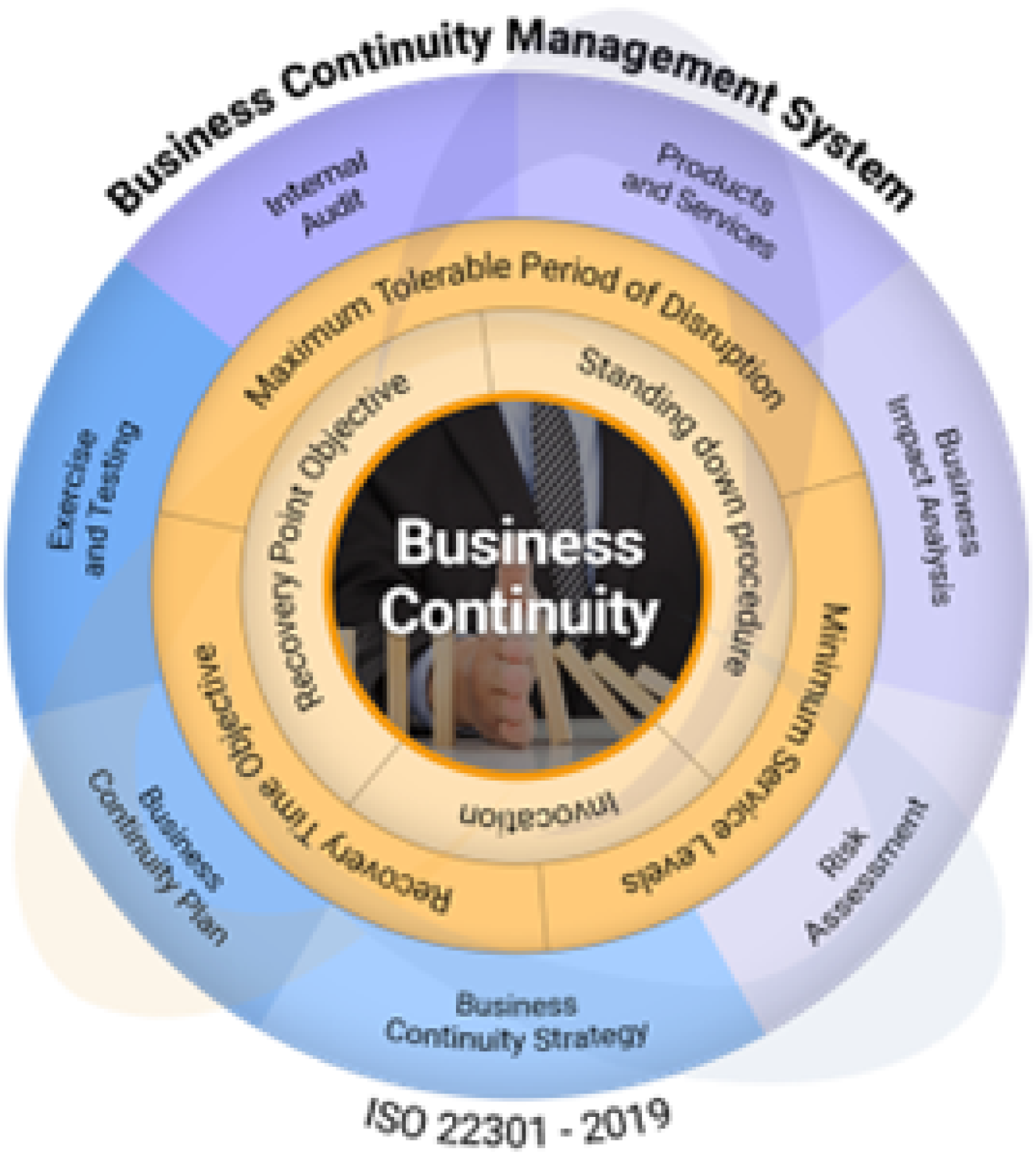The financial services sector, the backbone of any modern economy, thrives on trust and stability. Yet, it operates in a world brimming with disruptions – cyber threats, natural disasters, even pandemics. In this environment, robust Business Continuity Management (BCM) becomes an essential pillar for ensuring financial stability and public confidence. This article delves into ISO 22301, the international standard for BCM, exploring its critical role within the financial services industry.
ISO 22301: A Structured Approach to Business ContinuityPublished in 2012 (and revised in 2019), ISO 22301 established a globally recognized framework for implementing an effective BCM system. It provides a structured, process-based approach that organizations can leverage to identify potential disruptions (threats), assess their impact, develop recovery plans, and ensure business continuity during and after disruptive events.
Why is ISO 22301 Essential for Financial Services?Financial institutions face a unique set of BCM challenges:
- Interconnectedness: The financial system is highly interconnected. A disruption in one institution can have a domino effect, impacting the entire sector.
- Proactive Risk Management: ISO 22301 emphasizes risk identification and mitigation strategies. This proactive approach allows financial institutions to anticipate potential threats and develop contingency plans to minimize their impact.
- Regulatory Compliance: Many financial regulations mandate robust BCM practices. ISO 22301 certification demonstrates a systematic approach to BCM, potentially easing regulatory compliance burdens.
- Customer Confidence: Business Continuity instills trust in clients. By demonstrating a commitment to uninterrupted service, financial institutions can build stronger customer relationships.
Exploring How ISO 22301 Can Benefit Financial Services
By implementing a robust BCM system aligned with ISO 22301, financial institutions can reap significant benefits:
- Enhanced Resilience: The ability to identify, prepare for, and respond effectively to disruptions, minimizing downtime and financial losses.
- Improved Regulatory Compliance: Demonstrate adherence to regulatory requirements related to BCM, fostering trust with regulators.
- Reduced Reputational Risk: Swift and effective recovery from disruptions minimizes negative publicity and maintains public confidence.
- Competitive Advantage: A strong BCM system can be a competitive differentiator, attracting clients who value stability and reliability.
Exploring Best Practices: Implementing ISO 22301 in Financial Services
While ISO 22301 provides a generic framework, financial institutions can explore best practices tailored to their specific needs:
- Scenario-Based Planning: Developing comprehensive plans that address a wide range of potential disruptions relevant to the financial sector.
- Third-Party Risk Management: Assessing and mitigating risks associated with reliance on third-party vendors and service providers.
- Cybersecurity Integration: Ensuring BCM plans effectively address cyber threats and data breaches, a critical concern for financial institutions.
- Regular Testing and Exercise: Conducting regular tests and exercises to ensure BCM plans are up-to-date, effective, and personnel are adequately trained.
A Call for Continuous Improvement
ISO 22301 provides a roadmap for financial institutions to embark on a journey of continuous BCM improvement. Further exploration is necessary to fully understand the evolving threat landscape and tailor BCM plans accordingly. By actively engaging with ISO 22301 and fostering a culture of preparedness, financial institutions can build resilience, safeguard their operations, and maintain public trust in an ever-changing world.

